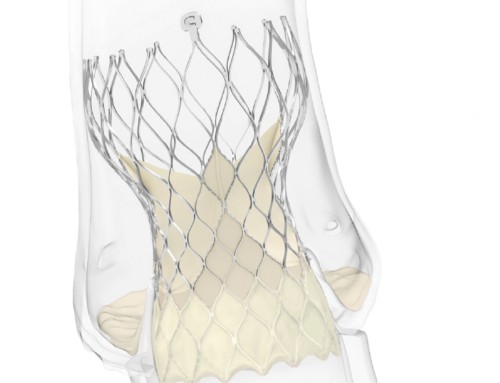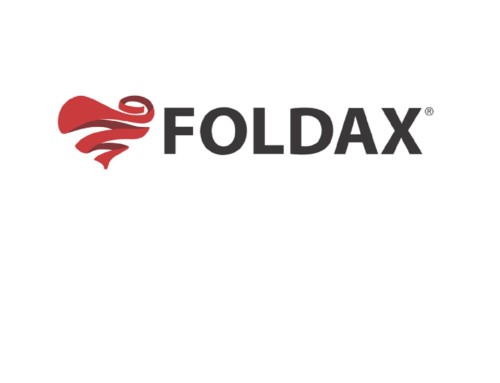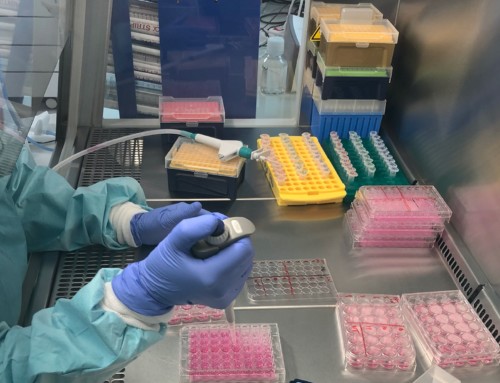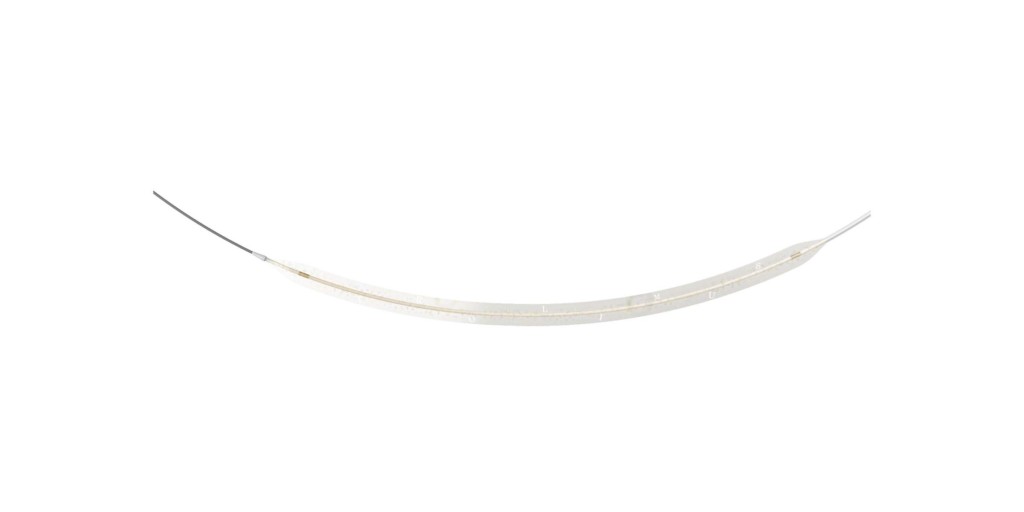
MagicTouch AVF
Concept Medical has received the CE mark for its MagicTouch sirolimus-coated percutaneous transluminal angioplasty (PTA) catheter, making the catheter the first commercially available sirolimus device for peripheral arterial disease. The MagicTouch catheter has also been approved for treating erectile dysfunction (MagicTouch ED) and for managing arteriovenous fistula complications (MagicTouch AVF).
A Concept Medical press release reports that the company will “now intensify its efforts to market and promote its products in Europe and other relevant markets that accept the CE certification for marketing authorisation”. Concept Medical, however, is not just focused on markets that recognise the CE mark as it is also seeking US FDA approval for the MagicTouch catheters. It announced in August this year that it had received FDA Breakthrough Device Designation for the MagicTouch PTA catheter (13 August) and for the MagicTouch AVF (30 August).
According to Concept Medical, the MagicTouch range uses “nanolute technology” to deliver sirolimus that the company says has “a proven commercial history in coronary applications in more than 30,000 patients worldwide”.

Furthermore, as reported in a press release, an ongoing pilot study (XTOSI) investigating the safety and efficacy of managing severe critical limb ischaemia (below-the-knee lesions and femoropopliteal lesions) showed that the device and technical success with the catheter were both 100%. At six months, freedom from clinically driven target lesion revascularisation was 91% and the rate of primary patency was 82%. Principal investigator Edward Choke (Sengkang General Hospital, Singapore) is quoted in the press release as saying “I am very encouraged by the excellent results so far in these challenging cohort of patients… more than 90% had the most severe Rutherford scores of five or six.” He adds that he did not “encounter any distal embolisation or ‘slow flow phenomenon’ after the application of a sirolimus-coated balloon in below-the-knee vessels”.
Speaking about the FDA Breakthrough Device Designation for MagicTouch PTA, Sahil Parikh (Columbia University College of Physicians and Surgeons, New York, USA) commented: “The breakthrough designation demonstrates how important it is for us to have new technologies for below-the-knee interventions. Patients with critical limb ischaemia represent an enormous burden to our healthcare system and comprehensive care for these patients begins with effective revascularisation. The MagicTouch PTA will hopefully bring us closer to our goals of reducing amputations in the USA and the world.”
Other sirolimus devices
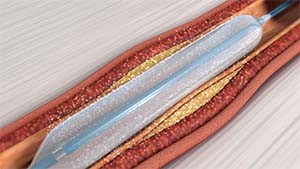
Virtue
Concept Medical is one of several companies who have developed sirolimus devices for the management of peripheral arterial disease. These include: Orchestra BioMed, in collaboration with Terumo, which has the Virtue sirolimus-eluting balloon; MedAlliance which has the Selution sustained limus release (SLR) device; and Surmodics with the Sundance sirolimus-coated balloon (SCB). Like MagicTouch, all of these devices were granted FDA Breakthrough Device Designation status for peripheral indications (including below-the-knee lesions) this year.
An Orchestra BioMed press release describes the Virtue SEB as a “novel first-in-class drug/device combination product that delivers sustained-release bioabsorbable encapsulated sirolimus, a proven drug for preventing restenosis, directly to the artery without the need for a coating”. The SABRE trial (first-in-human), published in JACC: Cardiovascular Interventions in 2017, indicated that the balloon was associated with 100% procedural success for the management of in-stent coronary restenosis. At six months, in the 36-patient, per-protocol analysis, late lumen loss rate was 0.12±0.33mm. The study also showed that, at one year, the balloon was associated with a target lesion failure rate of 2.8% and a major adverse clinical events (MACE) rate of 2.8% (per-protocol analysis).
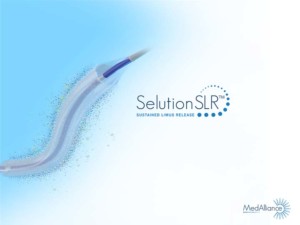 The Selution SLR device, a MedAlliance press release reports, “involves unique microreservoirs made from biodegradable polymer” intermixed with sirolimus. It adds that these microreservoirs “provide controlled and sustained release of sirolimus”. Two-year data (presented at VIVA 2019; 4–7 November, Las Vegas, USA) from a first-in-human study of patients (50 overall) with superficial femoral artery and popliteal artery lesions show that 87.5% of patients were free from target lesion revascularisation at two years. No primary target lesion revascularisation event was observed after month 11.
The Selution SLR device, a MedAlliance press release reports, “involves unique microreservoirs made from biodegradable polymer” intermixed with sirolimus. It adds that these microreservoirs “provide controlled and sustained release of sirolimus”. Two-year data (presented at VIVA 2019; 4–7 November, Las Vegas, USA) from a first-in-human study of patients (50 overall) with superficial femoral artery and popliteal artery lesions show that 87.5% of patients were free from target lesion revascularisation at two years. No primary target lesion revascularisation event was observed after month 11.
About the Sundance SCB, the Surmodics president and CEO, Gary Maharaj, comments: “The Sundance SCB is intended to address the unmet clinical need in patients with critical limb ischaemia and infrapopliteal arterial disease by providing a revascularisation option with a proprietary sirolimus coating. This second platform adds to our stable of drug-coated balloon devices and furthers our effort to provide treatment solutions for the entire peripheral anatomy. The Sundance SCB has the potential for improved outcomes in critical limb ischaemia patients over other available treatment options, and its availability is in the best interest of patients.”
Need for alternatives to paclitaxel
The past year has seen much debate over the safety and efficacy of paclitaxel after the Katsanos meta-analysis (published in December 2018 in the Journal of the American Heart Association) indicated that paclitaxel-coated balloons (and paclitaxel-eluting stents) were associated with an increased mortality risk at two years compared with control treatments. Therefore, finding alternatives to paclitaxel in the peripheral space has become a hot topic. For example, a BIBA MedTech survey, conducted just after the Katsanos paper published, found that 80% of respondents (101 overall) believed that looking for alternative drugs to paclitaxel was a priority.
The SABRE investigators Stefan Verheye (Antwerp Cardiovascular Centre, Antwerp, Belgium) and others report that paclitaxel (in the context of coronary artery disease) is “widely considered to be less effective and more toxic than other antirestenotic drugs (i.e. the limus family of sirolimus and its analogues)”. However, they note that previous attempts to deliver sirolimus on a balloon when using the same methodology as that for paclitaxel balloons proved unsuccessful “due to insufficient tissue uptake and shorter tissue retention of limus drugs compared with paclitaxel”. These past difficulties are why Concept Medical, Orchestra BioMed, MedAlliance, and Surmodics have all sought to develop novel approaches to delivering sirolimus.
The most recent FDA statement (released 7 August 2019) on the safety of paclitaxel advises that “for many patients, alternative [commercially available] treatment options to paclitaxel-coated balloons and paclitaxel-eluting stents provide a more favourable benefit-risk profile based on currently available information”. However, it also says that the benefits of a paclitaxel-coated device may outweigh the risk of late mortality in individual patients who have a “particularly high risk for restenosis and repeat femoropopliteal interventions”.
Of note, this month (October), Eva Freisinger (Department of Cardiology I-Coronary and Peripheral Vascular Disease, Heart Failure, University Hospital Muenster, Muenster, Germany) reported in the European Heart Journal that, in a real-world safety analysis, they did not find an association between mortality and paclitaxel-based drug-coated balloons at 11 years.

